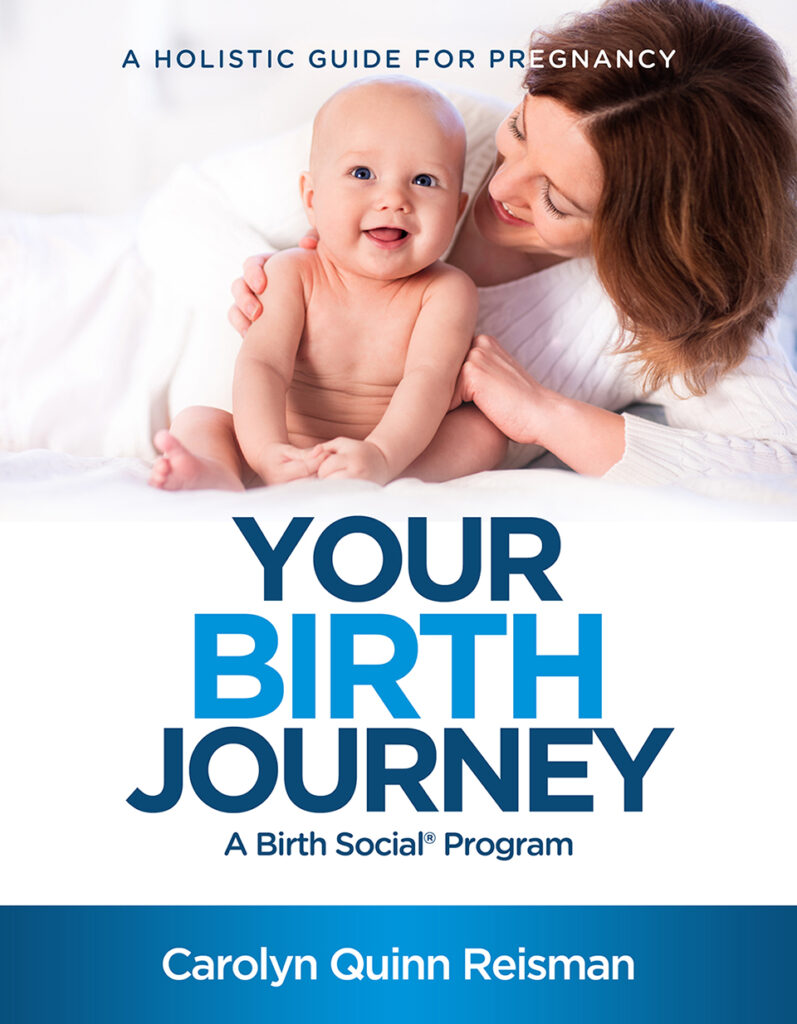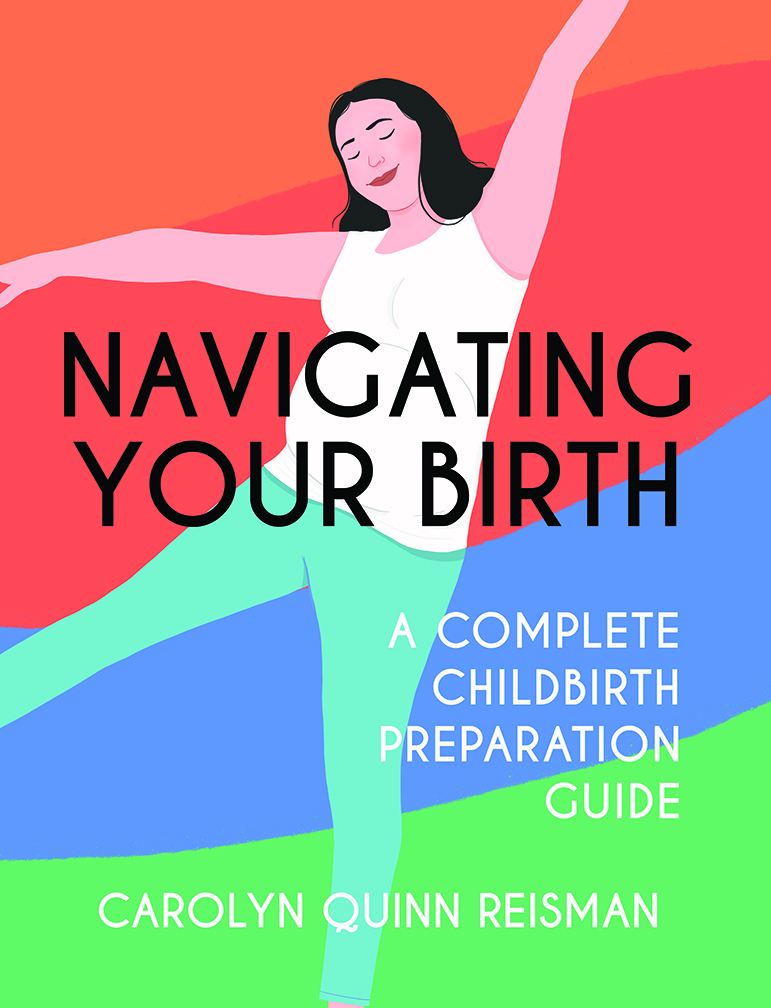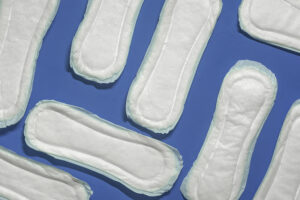After the midwife discharges you and baby, you finally have some time to snuggle and get some rest. Your partner, family, or friends may be busy around the house preparing meals, tidying up, or caring for other children. Your midwife left postpartum instructions to follow – and they are somewhere nearby. This is the time to review the instructions.
Every midwife has her own guidelines for checking on baby every four hours for the first 24-48 hours. You will find it helpful to write everything down. That way, if you call your midwife with a concern, you have all of the details recorded.
Baby checks are often performed by the partner (or other person) – at least, that is what I encouraged in my practice. This is a wonderful way for the partner to bond with baby while mom takes a little break. I have gone to many a home visit and been presented with an entire spreadsheet by a proud parent who monitored the baby’s well-being. Your midwife may also have a record for you to fill out.
Temperature
Take your baby’s temperature every four hours. The best way to take your baby’s temperature is either axillary or on the forehead. Learn more about the best thermometers for babies here.
Your baby’s temperature will naturally vary throughout the day, typically rising during periods of activity, hot weather, when overly dressed, or in a hot room. If the baby’s temperature is over 99.0°F (axillary), take off a layer of clothing and re-check in 30 minutes. If the temperature is less than 97.5°F (axillary), place the baby skin-to-skin with you and cover both of you, and re-check in 30 minutes.
There are different reference ranges for different methods of taking a temperature. For a baby under three months, a fever should be taken seriously. Call your baby’s health care provider immediately if your baby is less than three months of age and has a high temperature:
- Axillary (armpit) temperature of 99.0 F (37.2 C) or higher
- Temporal artery temperature of 100.4°F (38°C) or higher
- Rectal temperature of 100.4°F (38°C) or higher
✱ A temperature in an infant under three months old is always a concern. When reporting your baby’s temperature, be sure to tell the practitioner what method you used.
Respirations
Check your baby’s respirations every four hours or as indicated. You are monitoring to see if your baby is breathing too fast.
Babies don’t have a regular, even breathing pattern like adults. Their breathing is irregular and shallow. It is also normal for newborns to have a pause in their breathing for a few seconds at a time. Ask any mother how she felt as she waited for her baby to take the next breath. Pauses can last up to ten seconds, and be followed by a few more pauses, and then more shallow breathing.
You need to count your baby’s breaths for one full moment. It is possible. Here is how it is done.
- You need a watch or phone app with a second hand or timer.
- Expose your baby’s belly and chest and watch the rise and fall. Once you see it, start counting.
- Start the countdown and watch your baby’s breathing. It’s okay if you have to start over.
- Count your baby’s breaths for SIXTY SECONDS. With adults, you can count respirations for 15 seconds and multiply by four to calculate the normal range. Not with a newborn. Their breathing is too irregular, so you need to count for one full minute.
Normal respiratory rates are 30-60 breaths per minute but can get a little higher if the baby is crying or fussy. Call your midwife or health care provider if they are persistently over 60!
✱ If your baby’s chest pulls in sharply when she/he breaths, you hear grunting with each breath, or you see flaring nostrils, report this to your midwife immediately! These are signs that your baby is having to work hard to breathe.
✱ If pauses in breathing last 20 seconds or more or your baby turns blue, call your pediatrician or seek immediate medical attention!
Heartbeat
You can check your baby’s heartbeat by placing your ear or fingers over the heart and counting for one minute. According to the level of activity, the normal newborn heartbeat ranges from 100 to 160 and will fluctuate throughout the day. A baby in deep sleep can have a heart rate as low as 100 or less, whereas a crying baby’s heartbeat can rise to 150-160.
✱ Call your midwife or health care provider if your baby’s heartbeat is out of the normal range.
Behavior
It is normal for your baby to go through various activities throughout the day of sleeping, alertness, and crying. A baby can sleep anywhere from twenty minutes to four hours, and their cry lets you know they need something, or something is wrong. They will also spend time during the day awake.
✱ If your baby becomes lethargic or difficult to arouse, becomes extremely irritable, or has an excessive, high pitched cry – call your midwife.
Urination
Changing your baby’s diapers is the new normal, and you need to be aware of elimination patterns for the next few days.
Your baby should urinate within the first twenty-four hours. If you are using disposable diapers and cannot tell how often your baby is urinating, put a small white washcloth or absorbable cotton flannel in the baby’s diaper for the first few days. Until your milk comes in, your baby will have one wet diaper for every day postpartum. After your milk comes in, your baby will have 6-8 wet diapers a day. Here’s what to expect.
- Day 1: one wet diaper by 24 hours.
- Day 2: two wet diapers a day.
- Days 3–5: three to five wet diapers.
- Day 6 and on: You should expect at least six to eight wet diapers a day.
Orange Pee: Don’t be alarmed if you find a pinky-orange color in your baby’s diaper, which is more common in boys. These are called urate crystals. Urate crystals, which can occur in the first few weeks of life, are nothing more than the infant passing highly concentrated urine. Urate crystals don’t hurt babies.
Bloody Discharge: Don’t be alarmed. A little bloody discharge in a baby girl’s diaper is due to the withdrawal of maternal hormones.
✱ If your baby does not have a wet diaper by 24 hours, call your midwife.
Stools
In utero, your baby produces a tarry green or black substance called meconium, your baby’s stool. The stool is made up of amniotic fluid, cells that have been shed from the skin, lanugo (fine hair that covers your baby’s body), and mucus.
Your newborn will pass the meconium, a greenish/black tarry substance, usually within twelve hours of birth, but it may take up to twenty-four hours. Once your baby passes the meconium, the poo will begin to change in color and consistency, will look greenish, and become looser. This occurs on or about the third day and is called transitional stool. On the fourth to fifth day, the baby will have normal stools that are mustard colored, seedy, and runny.
Stool patterns: Breastfed babies vary widely in stool patterns, but most breastfed babies have three to four yellow stools per day while others go less frequently. If your baby has infrequent poos, it is not a problem as long as the baby is gaining weight, their stools are soft, and is nursing regularly. Hard or very dry stools (harder than peanut butter) may be a sign that the baby is not getting enough fluid or is losing too much fluid due to illness, fever, or heat.
A good way to tell if your baby is efficiently passing poo is by checking the color of the stools:
- Day 1-2: The stools will be black (meconium)
- Days 3-4: The stools will be greenish (transitional)
- Day 5: The stools will be yellow (normal)
If the stools are still black on days 3-4, it may be a sign your baby is not getting enough fluid. Call your provider right away.
✱ If your baby does not have a stool within twenty-four hours, call your midwife.
Color
Keep an eye out on your baby’s color for the next few days. You are looking for pink rosy skin versus yellow skin.
Your baby’s skin color will be pink, rosy, or slightly mottled pink and can vary with temperature changes and crying. It is normal for your baby’s hands and feet to be bluish in color for several days. This is a normal response to a baby’s immature blood circulation and nothing to worry about.
Sometimes, a baby becomes yellow (jaundice). This is called normal physiological jaundice and occurs between the 3rd and 7th days. It usually goes away by itself. Jaundice in the first 24 hours is not normal.
✱ If your baby has normal physiologic jaundice (after day 2-3) and you notice yellow skin below the nipple line, call your midwife.
✱ Yellow skin during the first 24 hours is not normal. If your baby has yellow skin within the first 24 hours, call your midwife or health care provider immediately.
✱ If your baby turns blue in the face or the chest any time – this is an EMERGENCY – call 911.
Behavior
It is normal for your baby to go through various activities throughout the day of sleeping, alertness, and crying. A baby can sleep anywhere from twenty minutes to four hours, and their cry lets you know they need something, or something is wrong. They will also spend time during the day awake.
✱ If your baby becomes lethargic or difficult to arouse, becomes extremely irritable, or has an excessive, high pitched cry – call your midwife.
Breastfeeding
Newborn feeding patterns are shaped by the length of time it takes them to feed, digest, and become hungry again. For your newborn, this means feeding frequently, every 2-3 hours (or less) – on DEMAND.
✱ Any time that your newborn is feeding less than every 2-3 hours – call your midwife, lactation consultant, or pediatrician.
✱ Call your midwife or pediatrician immediately if your baby becomes lethargic or is difficult to arouse for feedings.
Breastfeeding in the first few days of birth is a big topic. Please read Breastfeeding Tips: The First Five Days.
Cord Care
If your midwife uses a plastic cord clamp, she will remove it at the first visit with you and baby. Some midwives use a banding process to clamp the cord, which does not need to be removed. The cord should fall off in a week or two. Meanwhile, the baby’s umbilical cord should be kept dry and clean until it falls off naturally. Here are some easy tips:
- At diaper changes or several times per day, gently clean around the cord’s base and surrounding skin with a Q-tip dampened with water. Alcohol is not necessary.
- Other methods include sprinkling Goldenseal powder or finely ground rosemary on the cord twice a day. You might also try a few drops of echinacea or apply witch hazel.
- Keep the stump dry, and expose the stump to air as much as possible to help dry out the base.
- With every diaper change, tighten the diaper around your baby’s belly under the cord– like a tight pair of jeans. This way, the diaper will stay put and not rub up and down over the cord. Be particularly careful of plastic liners in disposable diapers, which may stick to the cord.
Avoid:
- Avoid lotion, baby powder, or oils on or around your baby’s umbilical cord.
- Avoid cotton balls, because wisps left behind may cause minor infection or irritation.
- Some mothers prefer to use alcohol around the cord’s base, though this is no longer considered necessary.
- Avoid bathing the baby in a tub or sink until the stump falls off. Sponge baths are often the best way to wash the infant.
Cord smell
As the cord shrivels, it is normal for it to be a little smelly. Try some hydrogen peroxide on the cord at least three times per day for antiseptic and drying properties.
✱ If your baby develops redness around the cord area (some redness is normal due to irritation from diapers, etc.), or excessive bleeding when the cord falls off (enough that it stains the blanket the baby is lying on), call your midwife.















